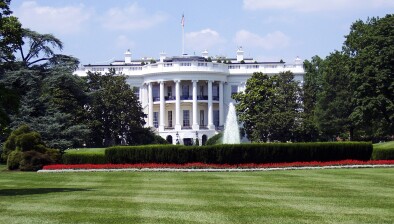And finally… Plans for shadow free skyscrapers to redirect sun to public plaza
Architecture firm NBBJ has unveiled a concept for “shadowless” skyscrapers that redirect sunlight to public spaces.
Proposals for two twisting towers on a side in North Greenwich, London, will see light bounce between them down to a public space that would otherwise be in their shadow.
Design director Christian Coop, NBBJ’s head of computational design David Kosdruy, and architectural assistant James Pinkerton, said the theory could work for tall buildings anywhere in the world.
Christian said: “With its ever-increasing demand for city living and tall buildings, London faces a significant problem of over-shadowing. Dark and gloomy public spaces fail to support a growing city. Our ‘No Shadow Tower’ aims to mitigate this, by creating two high-rise buildings that work together to redirect sunlight and visibly reduce shadows at the most active place, the public realm at the base of the towers.
“Using computational design we developed an algorithm that traces the sun’s incidence angles during each day in a year and translates the results into building form. We optimised this form by further parameters: even distribution of the reflected light, views of the Thames and a maximum of reflecting surface area.
“As the sun incidence angles differ at every location on earth, the result of the algorithm is unique to the buildings’ location. In this instance, we chose 51.4800° N, 0.0000° W — on the Greenwich Meridian, which sets the global time standard and emphasizes our site’s relationship with the sun.
“Unlike other reflective towers, which have concave surfaces that focus the sun’s rays like a magnifying glass, No Shadow Towers reflect pane by pane. This creates pools of sunlight and a moving light show on the ground, reducing shade up to 50%. Although shadows to the north can’t be helped, sunlight is redirected to where it is needed most, to the space between the towers, filled with activity and life. Even in winter, when the sun is lower in the sky and blocked more by the south tower, this concept works well in morning and late afternoon (and in winter people are more likely to remain indoors).
“The towers are mixed-use for greater density and social efficiency, with residential uses at higher levels and increasingly active uses at the base. Their elegant sweeping and twisting form allows a perimeter tube design which integrates the structure within the façade, which allows for great flexibility because it is column-free.
“These towers can be developed anywhere in the world: the algorithm can adapt the form to any site. More importantly, No Shadow Towers would benefit their surrounding communities as much as the people who live and work in them.”

















